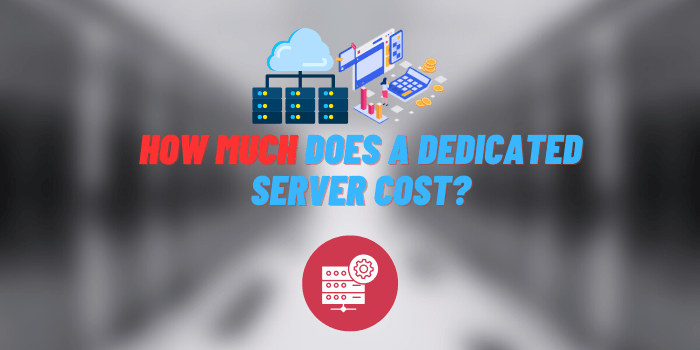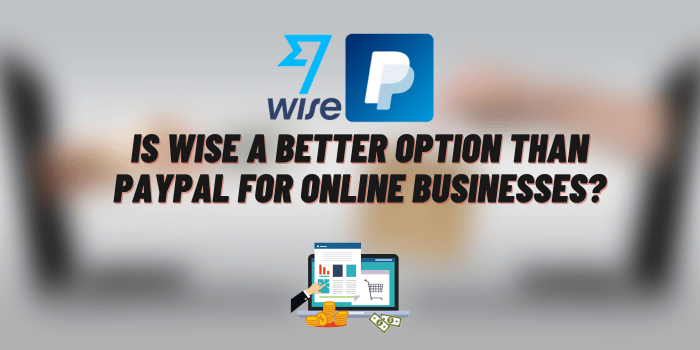Staff Augmentation vs Outsourcing
When your business needs a quick boost in manpower, outsourcing often comes to mind. But did you know this approach has varieties? Take staff augmentation. It’s a cool twist on the usual outsourcing setup that offers quick talent acquisition while keeping you in the driver’s seat. In this blog post, we’ll review staff augmentation vs project outsourcing more closely to help you understand which might suit you best.
What Is Staff Augmentation?

Imagine you’re knee-deep in a crucial project and suddenly realize your team lacks a particular skill set. Let’s say you need a software developer proficient in a new programming language. One of the options to consider under this scenario is software team augmentation. It allows you to hire specific talents on a short-term basis. These specialists will provide expertise exactly where and when you need it.
The beauty of this model is in its precision and flexibility. You don’t have to reshuffle your entire team or invest in long-term hires. Instead, you tailor your team’s composition precisely to your current requirements. Augmented specialists work under your guidance so their contributions are in harmony with your objectives.
Pros and Cons of Staff Augmentation
If you are comparing staff augmentation vs outsourcing, you should, first and foremost, have a clear idea of the pros and cons associated with the former.
Pros
- Control
You maintain full control over the project’s direction. You dictate the project timelines, deliverables, and the specialist’s role within your team.
- Flexibility
You augment your staff based on the current needs and scale back down once those requirements are met. This optimizes your resource allocation and budget.
- Skill Match
You address skill shortages precisely. If your project needs an expert in a niche programming language or a seasoned project manager, staff augmentation lets you add these specific competencies to your team.
Cons
- Integration
New staff members need to quickly understand your company’s workflow, culture, and the specifics of the project at hand. Even highly skilled professionals may require time to adjust, which could temporarily affect the project’s pace.
- Management
Augmented staff requires oversight and management. You’ll need to allocate time for onboarding, ongoing communication, and performance monitoring.
What Is Outsourcing?

Now, let’s talk about classic outsourcing. It involves handing over entire chunks of work to another company. They take care of the tasks, manage the team, and deliver results. The main difference between staff augmentation vs IT outsourcing is that in the latter case, specialists are normally working independently from your internal team.
In a way, the classic model is like hiring a caterer for an event. You tell them what you need and they prepare everything. You’re not involved in the specifics. You just enjoy the outcome. It is ideal when you want to focus on core activities and leave certain processes in expert hands.
Pros and Cons of Outsourcing
So what are the benefits and limitations of project outsourcing vs staff augmentation?
Pros of This Model
- Focus
This approach allows your team to concentrate on core business areas without being sidetracked by tasks that aren’t central to your strategic goals. For example, by outsourcing IT support, your tech team can focus on developing new software.
- Lower Costs
Especially when dealing with firms in regions with lower labor costs, you can achieve significant savings. This doesn’t just apply to wages but also to costs like training, benefits, and infrastructure.
Cons of the Model
- Less Control
When you outsource a function or project, you’re handing over a degree of control to the external provider. This may lead to outcomes that don’t fully align with your vision.
- Communication
Effective communication can be challenging, particularly if the provider is in a different time zone or has a different primary language. Coordinating meetings and ensuring clear feedback can require extra effort on your part.
- Higher Risks
If the firm restructures, faces financial difficulties, or decides to change its focus, your project could be jeopardized. You’ll be in a tough position to quickly find an alternative solution without disrupting your operations.
Staff Augmentation vs Outsourcing

While both models offer ways to bolster your workforce, the key difference lies in the level of control and involvement. Staff augmentation means having extra team members for a while, whereas outsourcing means entrusting a portion of your project to outside specialists.
Since staff augmentation keeps you in charge, it’s ideal for projects where your oversight is crucial. Outsourcing frees up your resources but requires trust in the external team to deliver as promised. In this manner, your choice depends on the
- project’s nature,
- desire for control,
- resource allocation strategy.
Final Thoughts
On balance, choosing between the staff augmentation model vs outsourcing hinges on your project requirements, control preferences, and strategic goals. Now that you understand the nuances of each model, you can align your choice with your business objectives. All you need is to choose the workforce strategy that will add value.






